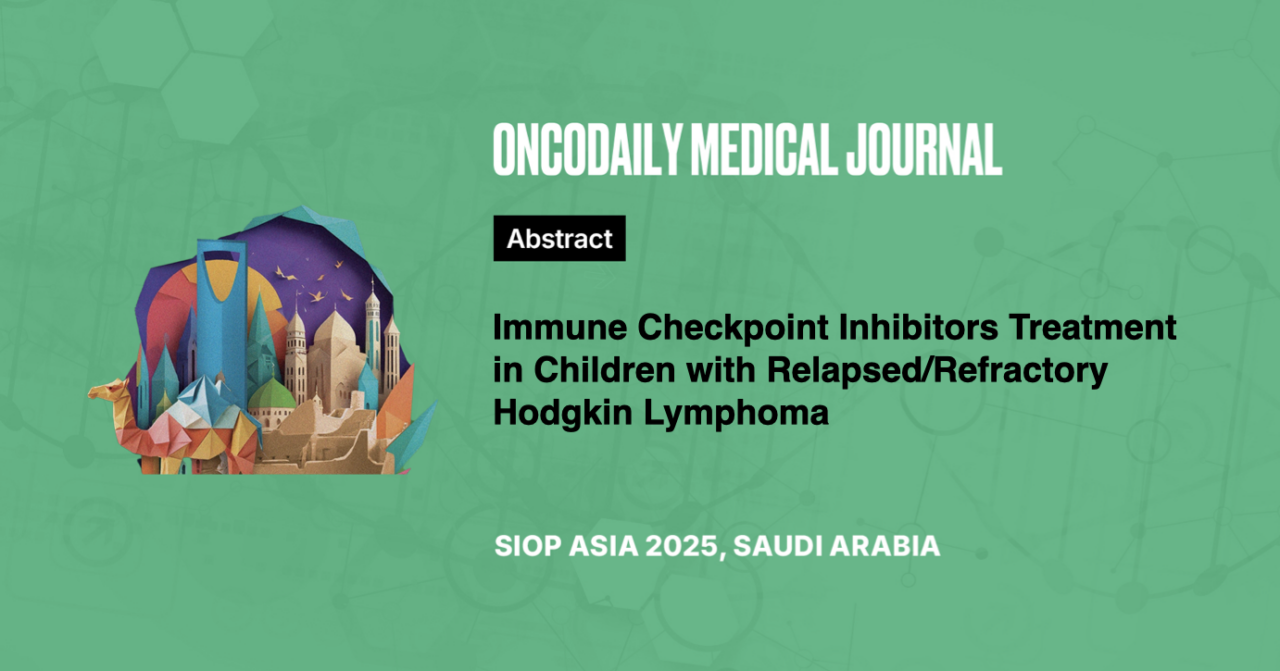Immune Checkpoint Inhibitors Treatment in Children with Relapsed/Refractory Hodgkin Lymphoma
Abstract
Introduction: Immune checkpoint inhibitors (ICIs) are successfully used for treatment of relapsed/refractory Hodgkin lymphoma (r/r HL) mostly in adults. Here we report our experience of ICIs therapy in children with r/r HL. The aim was to assess effectiveness of ICIs in children and adolescents with r/r HL.
Methodology: 14 children aged < 18 years with r/r HL without response to second-line therapy received ICIs (Nivo 3 mg/kg every 2 weeks and Pembro 2 mg/kg every 3 weeks). The response was measured by PET-CT.
Results: Before administration of ICIs all 14 patients got intensive second-line chemotherapy, mostly IGEVNo2 and then 5-13 courses (median 5) of brentuximab vedotin (BV), 6 patients (43%) received auto-HSCT. Refractoriness (10 pts) or next relapses (4 pts) became indications for ICIs. The median number of ICIs courses was 9 (range 4-16). No severe side effects were observed. 12 children received just ICIs – Nivo (10 pts) or Pembro (2 pts), 2 in combination – Nivo plus BV and Pembro plus chemotherapy. Among 12 patients with mono ICIs 8 (67%) achieved full metabolic response (all after Nivo), none achieved PET-negative response after Pembro (n=3). In two PET-positive patients (Nivo and Pembro) biopsy of PET-positive lesions did not confirm vital tumor.
HSCT was performed in metabolic remission in 8 cases after ICIs therapy (6 – allo-HSCT, 2 – auto-HSCT). Median interval between last administration of ICIs and allo-HSCT was 1,5 months (range 0-11) and no cases of advanced GVHD was observed. The median follow-up from the beginning of ICIs was 8,5 months (IQR: 4,9-19,5 months). The probability of 2-year OS and 3-year OS was 76% (95%CI: 47,2-100%) and 50,8% (95%CI: 6-96%) respectively.
Conclusion: ICIs have an acceptable profile of effectivity and toxicity in children with r/r HL even after 2nd and 3rd line therapy.





